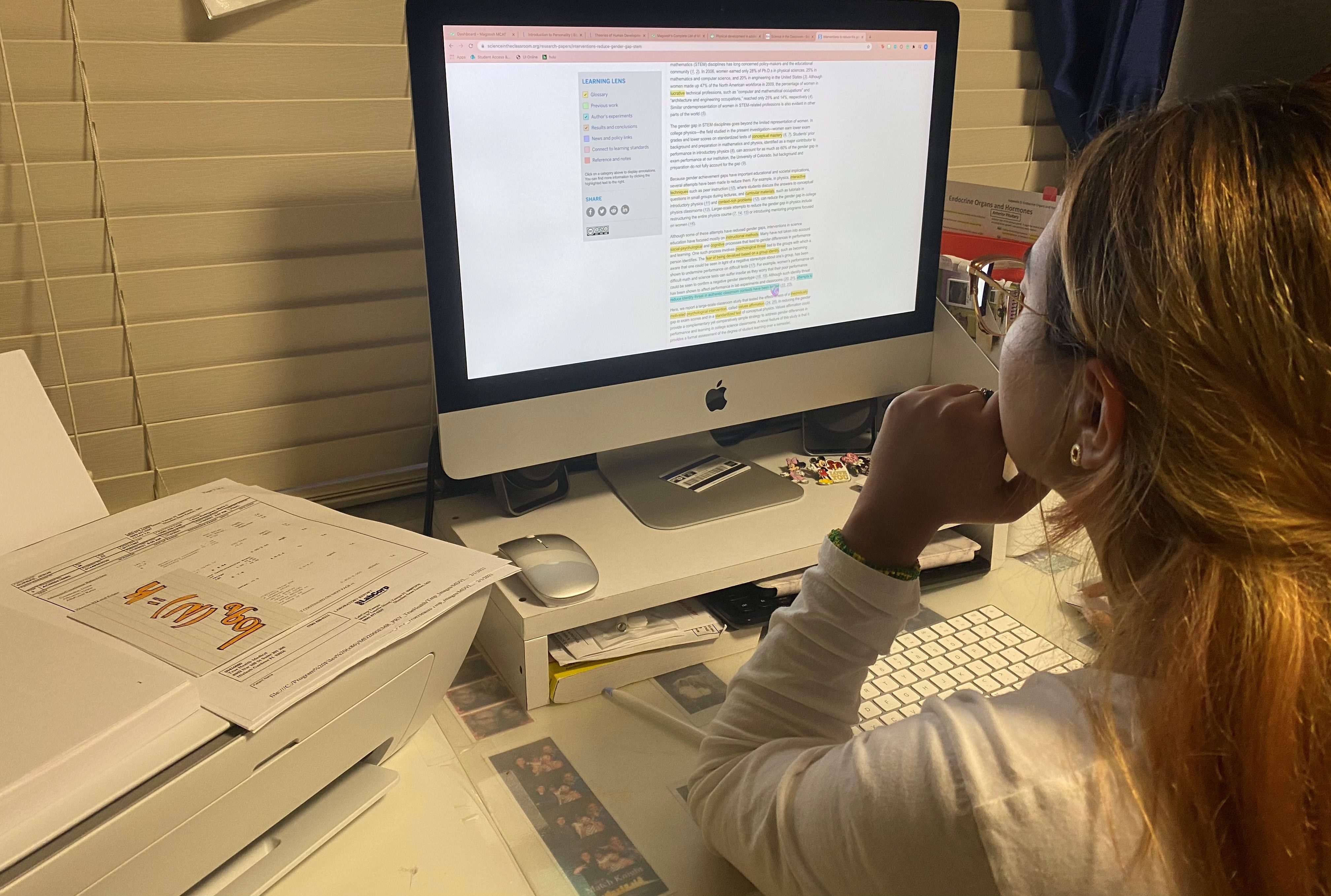
Biology students at the undergraduate level usually excel in knowing biological facts; however, they often struggle with connecting these facts to specific biological principles. In parallel, undergraduate students often struggle to read primary scientific literature (PSL), possibly for the same reason: they struggle to integrate the biological facts they know into the larger, and often complicated, biological principles presented in PSL. Our lesson bridges the gap between student understanding of content knowledge and their ability to connect this knowledge to larger biological principles through the integration of PSL and the 5 Core Concepts of Biology (5CCs) identified in the Vision and Change report. We begin by introducing students to PSL using a modified C.R.E.A.T.E. method and continue by walking students through Vision and Change as a way to introduce the 5CCs. Through the use of a matrix table detailing each one of the 5CCs and their related organizational levels, students learn how to integrate PSL and the 5CCs by connecting biological facts contained within PSL to a related biological core concept. Because students have to provide reasoning for why they connected a biological fact to a specific core concept, they begin to see biology as a larger entity, i.e., they begin to see the "big picture" of biology. Our lesson provides a novel strategy for introducing students to PSL.